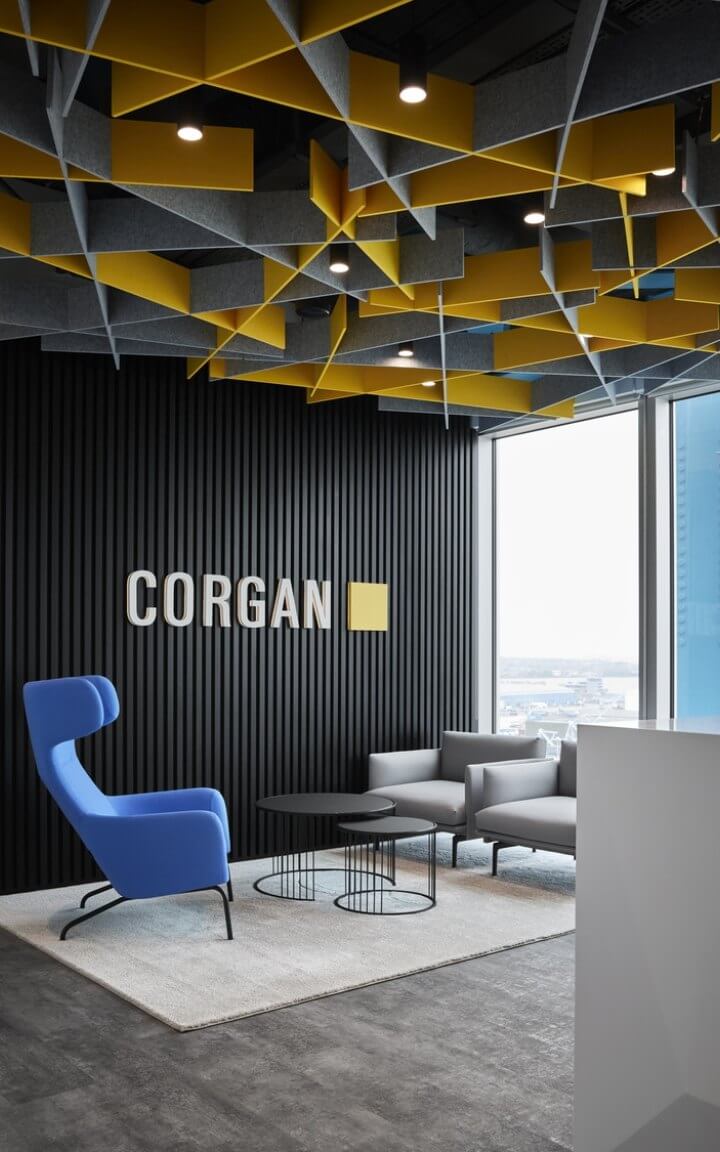AIA Upjohn Research Initiative Grant

Making the workplace work better – for everyone
The NIH reports that between 15 and 20% of the world’s population has some form of neurodivergence. Further research indicates that approximately 2.5% of adults have ADHD, which is tied to a loss of productivity valued at $19.5 billion. The cost isn’t just capital: individuals with ADHD are more likely to be underemployed or unemployed, less likely to complete their degrees, and experience lower job satisfaction than workers without ADHD. ADHD is classified into three symptom categories: inattention, hyperactivity, and a combination of both symptoms. Symptoms of inattention can be exacerbated further by an environment that is distracting, chaotic, or overstimulating. Hugo, Corgan’s research group, will collaborate with the University of Arkansas on an 18-month grant from the AIA Upjohn Research Initiative to investigate the qualitative and quantitative benefits of various design interventions for neurodiverse populations in the workplace. This work aligns with the 2008 amendments the Americans with Disabilities Act (ADA) made to recognize ADHD as a disability and require employers to make reasonable accommodations—including accommodations relating to environmental quality—for these individuals.
We are grateful to the AIA Upjohn Initiative for their generous support, enabling us to delve into this timely research on enhancing office environments for individuals with ADHD. With an increasing emphasis on productivity in today's office settings - not just from employers but as it applies to workers' satisfaction - this grant empowers us to explore tunable, environmental solutions that can benefit everyone.
To begin, the research team – consisting of Melissa Hoelting and Samantha Flores from Corgan and Jinoh Park, Michelle Huh, and Marjan Miri from the University of Arkansas – will establish a variety of evidence-based design interventions that may help individuals with ADHD to focus. Participants will be recruited from the general public through a survey identifying challenges with inattentiveness. Each participant will wear an electroencephalogram (EEG) to measure their brain activity before, during, and after interventions are applied in a range of workplaces including an open workstation and private office. The study distinguishes itself from others by not only examining participants' performance through self-reported feedback and researcher observation, but by also measuring their brain activity levels.
Based on previous research achievements, we are challenging ourselves to enter a controversial area, not in a laboratory but in the real world.
The team will analyze the EEG data and corresponding qualitative insights to determine the impact of environmental interventions and tunable attributes on participants’ attention. While the goal of the project is to help people with ADHD understand how to use design affordances to meet their needs in the workplace, these same findings will be beneficial for all workers who struggle with inattentiveness in the workplace. The project timeline includes two design workshops before and after data collection to engage Corgan designers on how the evidence can be best applied to real-world projects. Final research insights and design guidelines will be shared in a final report in early 2025.
Photo Credit: Courtesy of Fay Jones School of Architecture and Design, University of Arkansas






